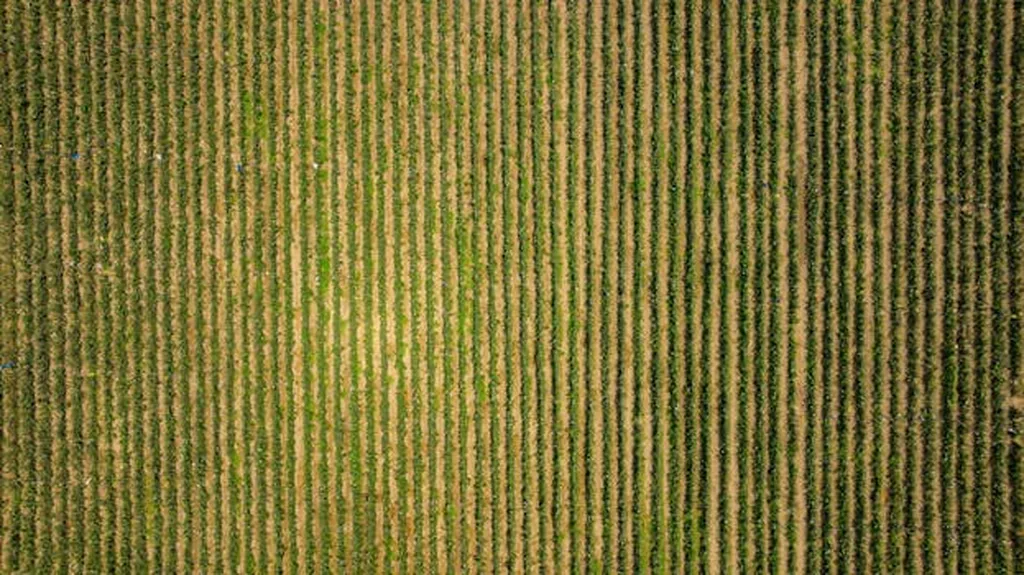In the rapidly evolving world of agricultural technology, a recent study published in the journal *Agriculture* is shedding light on the critical role of crop row detection in advancing the capabilities of agricultural robots. Led by Zhen Ma from the School of Agricultural Engineering at Jiangsu University, the research delves into the technical methods, performance indicators, and scene adaptability of crop row detection, a cornerstone technology for autonomous navigation and precise operations in farming.
Crop row detection is essential for agricultural robots to navigate fields accurately and perform tasks such as planting, weeding, and harvesting with precision. The study reviews various technical approaches, including traditional visual sensor methods, LiDAR-based point cloud preprocessing, line structure extraction, 3D feature calculation, and multi-sensor fusion techniques. Each method has its strengths and limitations, particularly in different agricultural scenarios like open fields, facility agriculture, orchards, and special terrains.
“Our analysis shows that while single-sensor technologies have specific environmental adaptability limitations, multi-sensor fusion can significantly enhance robustness in complex scenarios,” Ma explained. “The fusion advantage becomes more pronounced as the number of sensors increases, offering a more reliable solution for diverse agricultural settings.”
The study also evaluates performance criteria such as accuracy, efficiency, robustness, and practicality, providing a comprehensive comparison of different methods. This multidimensional analysis underscores the importance of adaptability in agricultural robotics, as the technology must perform consistently across varied environments to be commercially viable.
The implications for the agriculture sector are substantial. As the demand for precision agriculture grows, the ability of agricultural robots to navigate and operate efficiently in different scenarios will be crucial. The findings suggest that integrating multiple sensors could be the key to overcoming the challenges posed by diverse agricultural landscapes, ultimately leading to more efficient and productive farming practices.
“This research provides a clear technical framework and scenario adaptation reference for future developments in crop row detection technology,” Ma added. “By promoting the precision and efficiency of agricultural production, we aim to support the broader goals of sustainable and intelligent agriculture.”
As the agriculture industry continues to embrace technological advancements, the insights from this study could shape the future of agricultural robotics, driving innovation and improving the efficiency of farming operations. With the growing need for sustainable and precise agricultural practices, the role of crop row detection in agricultural robots will undoubtedly become even more pivotal.

